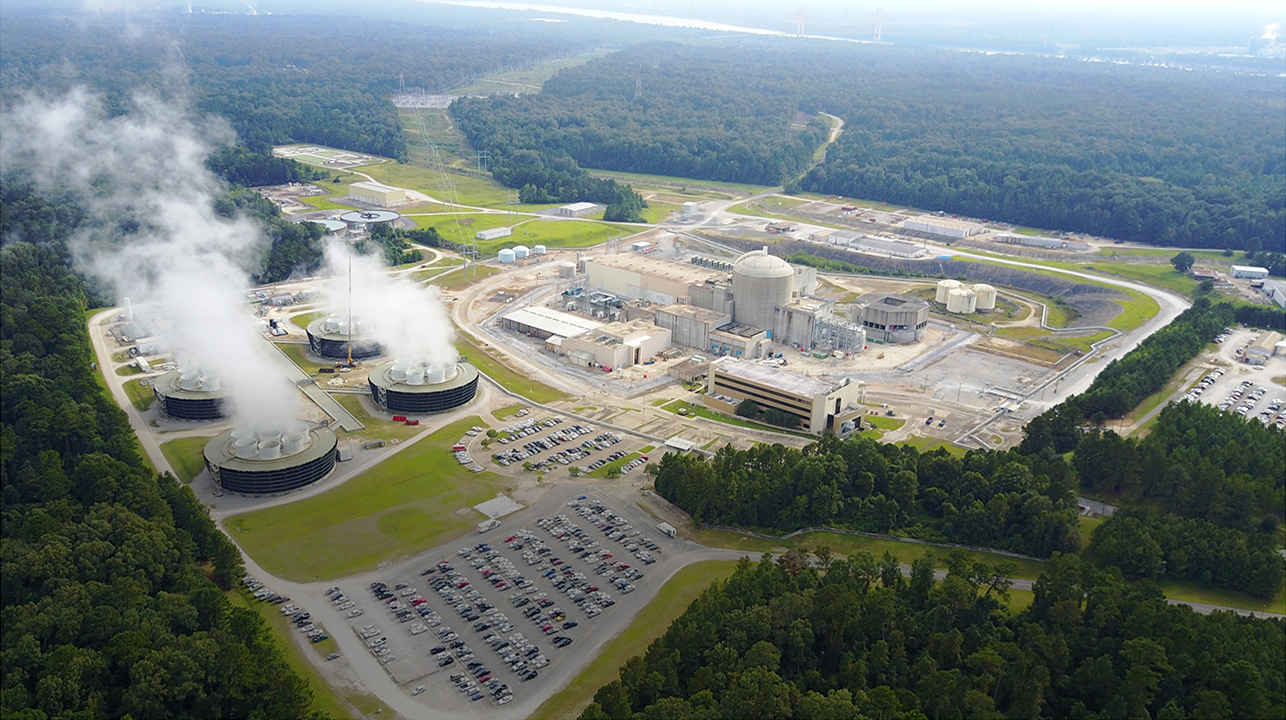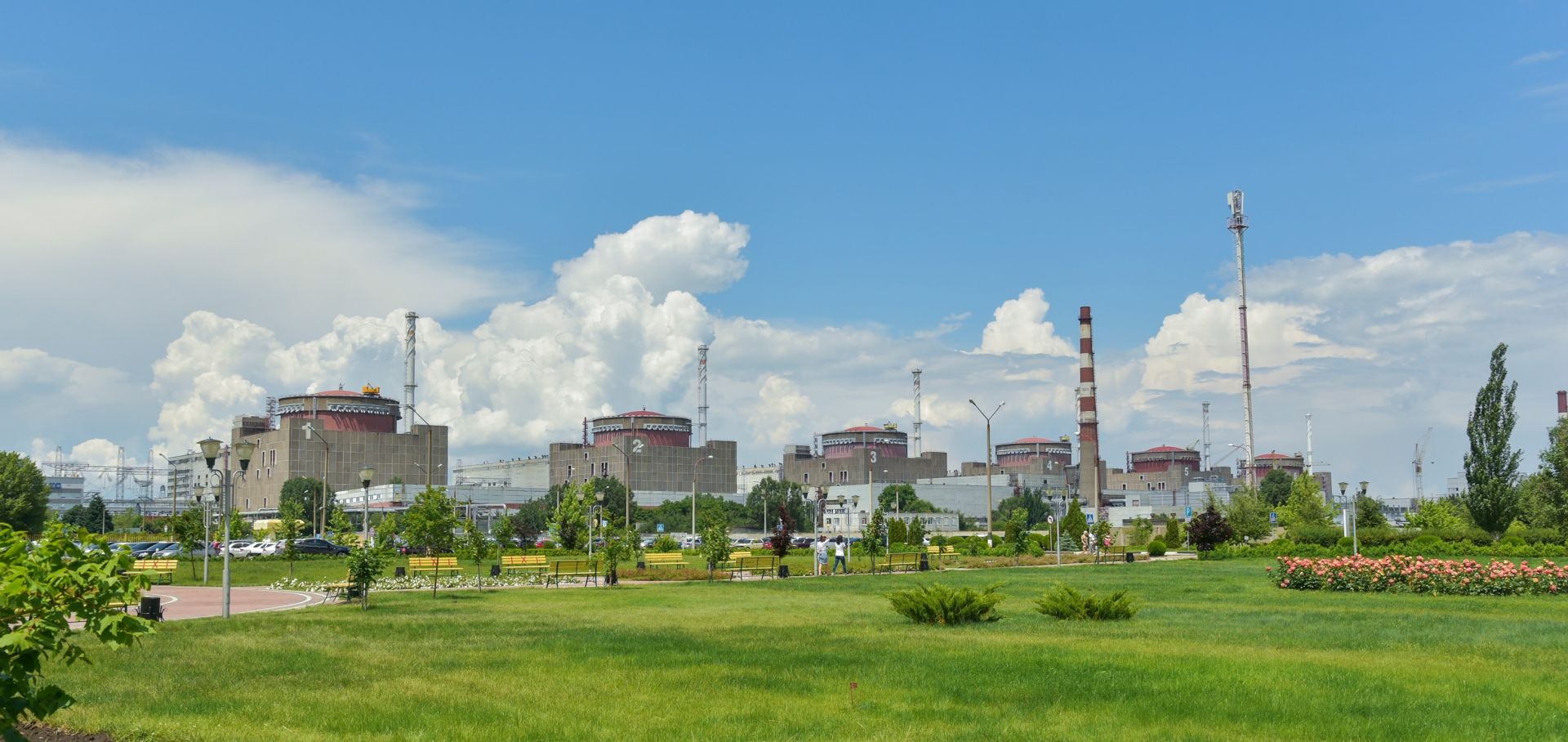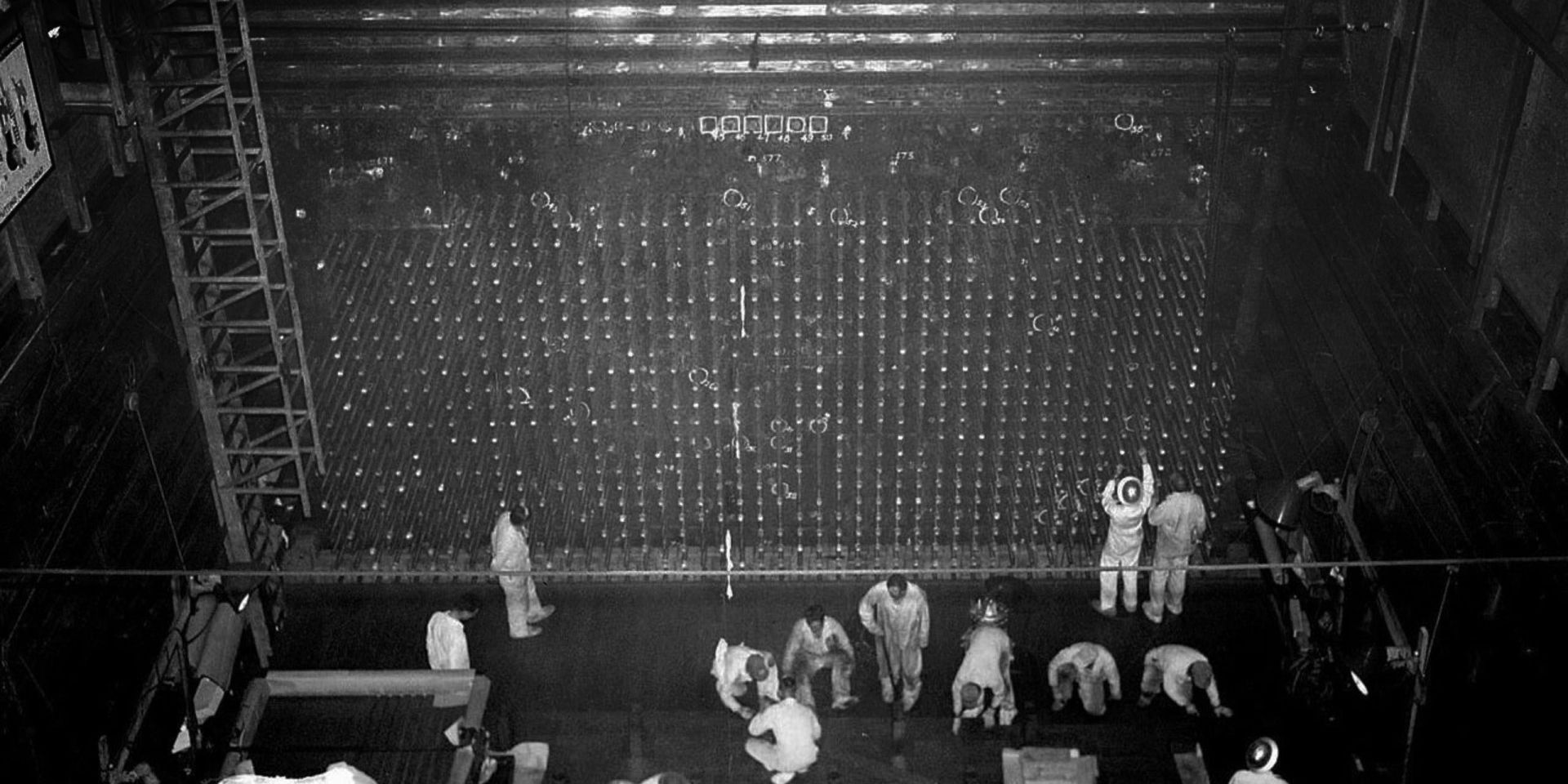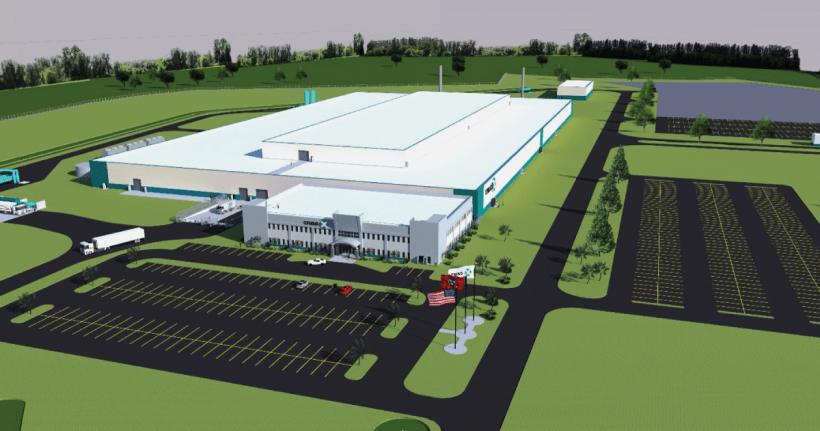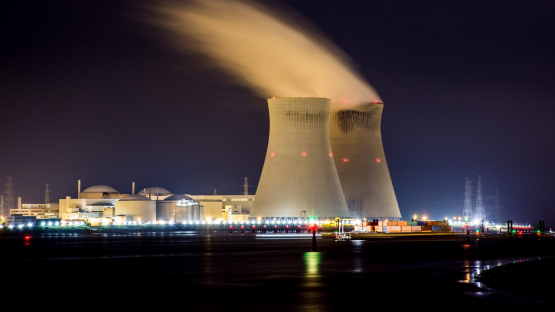Vogtle Unit 3, in January. (Photo: Georgia Power)
Already for the second time this year, Southern Company has announced a delay to the expected commercial operation of Unit 3 at the Vogtle nuclear plant’s two-unit construction site. In addition, a delay to Unit 4’s startup is also possible, Southern said.
A map of the Church Rock uranium mill site location. (Image: NRC)
The Nuclear Regulatory Commission has approved a plan by United Nuclear Corp. (UNC) to dispose of mine waste from the Northeast Church Rock mine site in New Mexico at the company’s nearby uranium mill and tailings disposal site.
CFS CEO Bob Mumgaard showing Sen. Warren (left) and Secretary Granholm (center) around the SPARC facility. (Photo: CFS)
Commonwealth Fusion Systems (CFS) hosted visiting officials for a tour and ribbon-cutting ceremony to officially open its new headquarters in Devens, Mass., on February 10. Energy secretary Jennifer Granholm, Sen. Elizabeth Warren (D., Mass.), and Sen. Edward Markey (D., Mass.) were among the national, state, and local leaders invited to celebrate what CFS heralded as a “fusion energy campus.”
The River Bend nuclear power plant. (Photo: Entergy)
Entergy’s River Bend nuclear power plant started its 22nd scheduled refueling and maintenance outage on February 11. The plant, located in St. Francisville, La., is a 967-MWe General Electric boiling water reactor.
The Zaporizhzhia plant (Image: Energoatom)
As if being stuck in the middle of a combat zone isn’t sufficiently nerve-racking, workers at Ukraine’s Zaporizhzhia nuclear power plant—under Russian occupation since last March—must now concern themselves with having access to enough water to keep the facility safe.
Front face of the B Reactor at the Hanford Site. (Photo: DOE)
In remote southeastern Washington you will find the sprawling Hanford Site, which was constructed to produce plutonium for the Manhattan Project. Within this complex is the first plutonium production reactor, the Hanford B Reactor. The DuPont Corporation was responsible for construction and operation of the B Reactor. Due to the urgency of the Manhattan Project, construction was completed in just over a year, and The B Reactor went critical on September 26, 1944. After the needs of the Manhattan Project were satisfied, the reactor was briefly shut down and then restarted to produce plutonium for roughly another 20 years, supporting Cold War efforts. In addition to plutonium production, the B Reactor also pioneered the process to produce tritium for the first-ever thermonuclear test.
The center stack casing staged horizontally at Holtec’s manufacturing division in East Pittsburgh. (Photo: Holtec)
A key component needed for the National Spherical Torus Experiment–Upgrade (NSTX-U), the flagship fusion facility currently under repair at the Department of Energy’s Princeton Plasma Physics Laboratory (PPPL), has been delivered to the lab’s New Jersey campus.
The student social media ambassadors at the IAEA Nuclear Power Ministerial in October 2022 (left to right): Sam Dotson from the University of Illinois, Madison Gitzen from Pennsylvania State University, Peter Hotvedt from the University of Michigan, Jillian Newmyer from Oregon State University, Brienna Johnson from the University of Wisconsin–Madison, and Pearle Lipinski from Ohio State University.
Pearle Lipinski is a nuclear engineering Ph.D. student in Ohio State University’s Department of Mechanical and Aerospace Engineering (MAE). In October 2022, at the International Atomic Energy Agency’s fifth International Ministerial Conference on Nuclear Power in the 21st Century (also known as the Nuclear Power Ministerial, or NPM), she acted as a student social media ambassador, where she was a “huge success in getting the word out,” according to Lei Raymond Cao, director of the OSU nuclear engineering program.
A view of the completed demo cascade. (Photo: Centrus)
Centrus Energy announced February 9 that it has finished assembling a cascade of uranium enrichment centrifuges and most of the associated support systems ahead of its contracted demonstration of high-assay low-enriched uranium (HALEU) production by the end of 2023. When the 16-machine cascade begins operating inside the Piketon, Ohio, American Centrifuge Plant, which has room for 11,520 machines, it will be the first new U.S.-technology based enrichment plant to begin production in 70 years.
A rendering of the TRISO-X fuel fabrication facility. (Image: DOE)
The Nuclear Regulatory Commission recently presented its proposed 30-month licensing review timeline of TRISO-X’s planned fuel fabrication facility at the project’s first-ever public meeting in Oak Ridge, Tenn.
TRISO-X, a subsidiary of X-energy, has requested a 40-year license to possess and use special nuclear material to manufacture advanced fuel. The facility would be the first-ever commercial-scale fuel fabrication plant focused on using high-assay low-enriched uranium (HALEU).
Belgium's Doel nuclear power plant. (Photo: N. Hippert/IAEA)
The Belgian government is exploring the idea of extending the operational life of its three oldest reactors by two years, a variety of news outlets are reporting.
Those reactors—Units 1 and 2 at the Doel facility and Unit 1 at Tihange, sporting a combined capacity of 1,852 MWe—were slated to be permanently shuttered in 2025 in keeping with the country’s nuclear phase-out policy.
SHINE’s Chrysalis production building, under construction in October 2022. (Photo: SHINE)
The Nuclear Regulatory Commission has issued the final supplemental environmental impact statement (EIS) for SHINE Technology’s application for a license to operate a medical isotope production facility in Janesville, Wis.
A crane is used to remove equipment during a project to repurpose Building 226-F for an NNSA mission at the Savannah River Site. (Photo: DOE)
Work has begun to prepare the Savannah River Plutonium Processing Facility (SRPPF) at the Department of Energy’s Savannah River Site in South Carolina for its future national security mission: the manufacturing of plutonium pits for the National Nuclear Security Administration.






